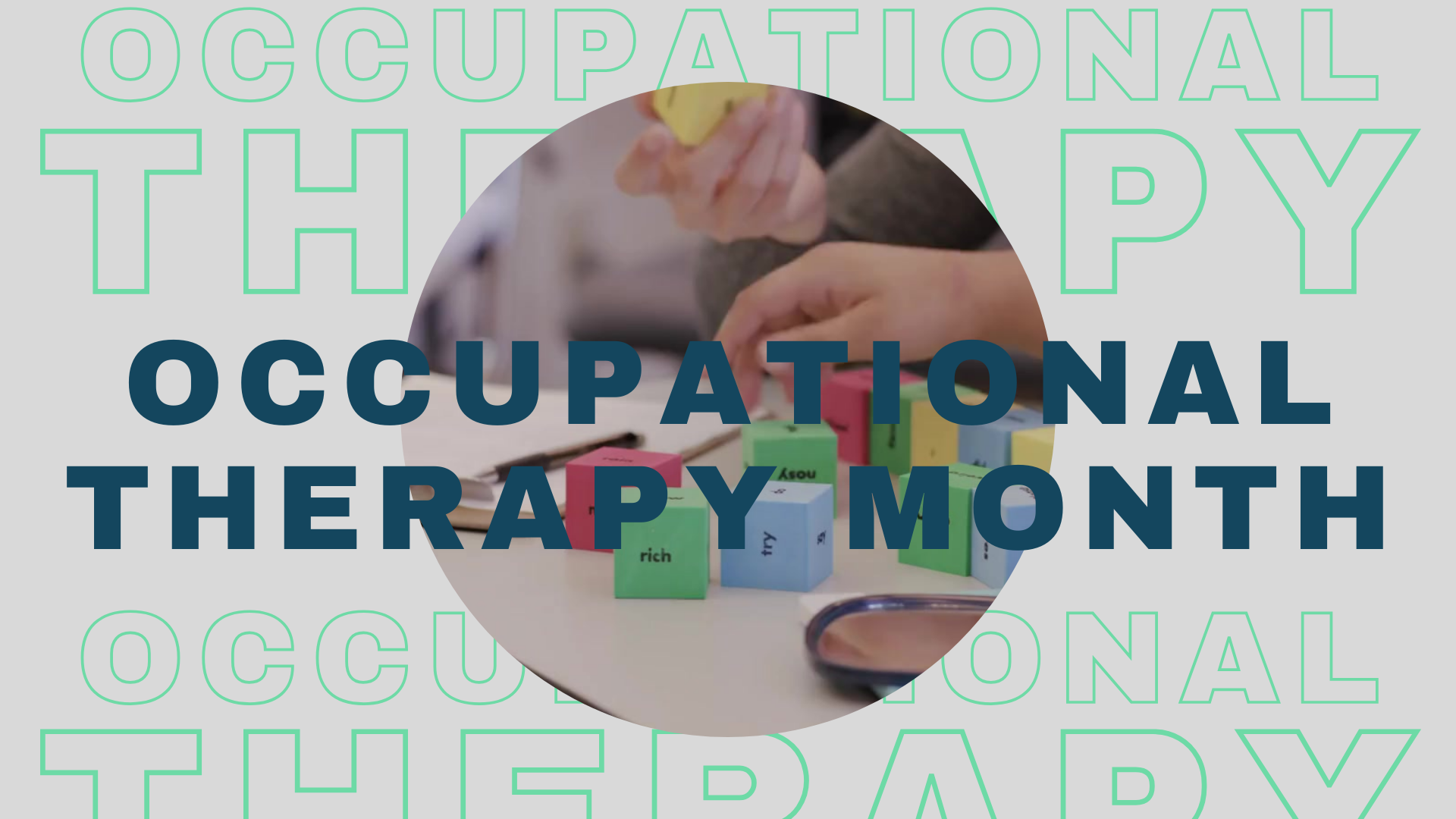
Fun Facts about Occupational Therapy
In celebration of April as Occupational Therapy Month, here are some fun facts about Occupational Therapy:
1. Origins in the Arts and Crafts Movement: Did you know that occupational therapy has roots in the Arts and Crafts Movement of the late 19th century?
OT pioneers such as William Rush Dunton Jr. and Eleanor Clarke Slagle recognized the therapeutic benefits of engaging in creative activities, laying the foundation for the profession we know today.
2. Influence of World War I: The demand for occupational therapy surged during World War I as soldiers returning from the battlefield required rehabilitation to regain function and independence. OT played a crucial role in helping wounded veterans reintegrate into society through vocational training and adaptive techniques.
3. Everyday Activities as Therapy: One of the fundamental principles of occupational therapy is the use of everyday activities (occupations) as therapeutic interventions. Whether it's cooking, gardening, or playing games, OT practitioners harness the therapeutic potential of these activities to promote physical, cognitive, and emotional well-being.
4. Adaptation and Modification: Occupational therapists are experts in adaptation and modification, finding creative solutions to enable individuals with disabilities or injuries to participate in activities they enjoy. From customizing assistive devices to redesigning workspaces, OT practitioners empower clients to overcome barriers and live life to the fullest.
5. Diverse Practice Settings: Occupational therapy is not limited to traditional healthcare settings. OT practitioners work in a wide range of environments, including schools, community centers, mental health facilities, and even corporate offices. This versatility allows OT professionals to address the unique needs of individuals across the lifespan and in various contexts.
6. Animal-Assisted Therapy: Some occupational therapists incorporate animal-assisted therapy into their practice, using trained animals such as dogs or horses to facilitate therapeutic goals. Interactions with animals can promote relaxation, socialization, and sensory integration, making them valuable partners in the therapeutic process.
7. Global Impact: Occupational therapy is recognized and practiced in countries around the world, each with its own unique cultural influences and approaches to therapy. Despite cultural differences, the core principles of occupational therapy remain consistent: promoting health, well-being, and participation in meaningful activities.
These fun facts offer just a glimpse into the fascinating world of occupational therapy, highlighting its rich history, diverse applications, and enduring impact on individuals and communities.
For more information about Occupational therapy, contact us!